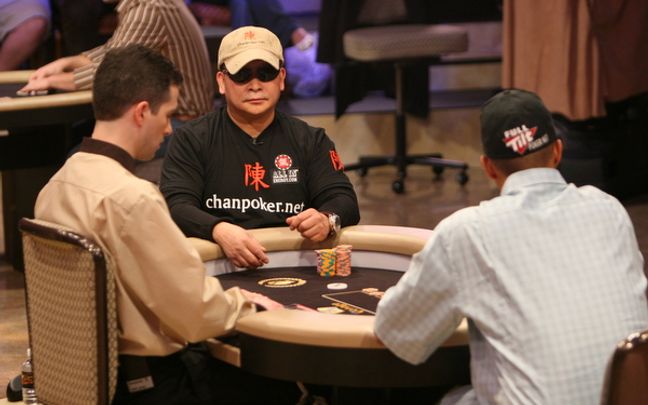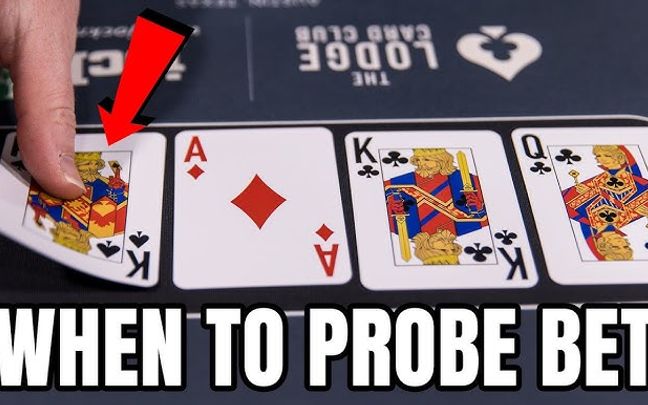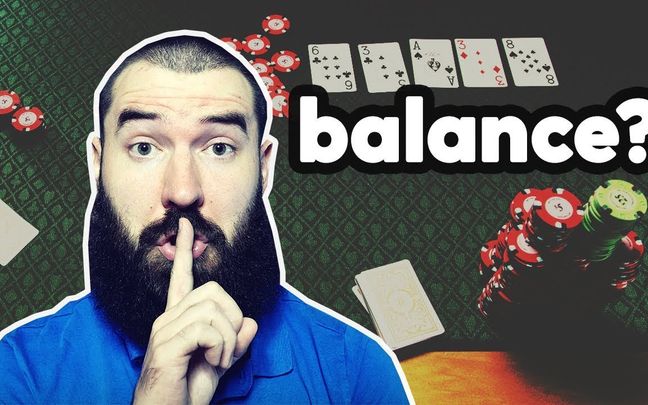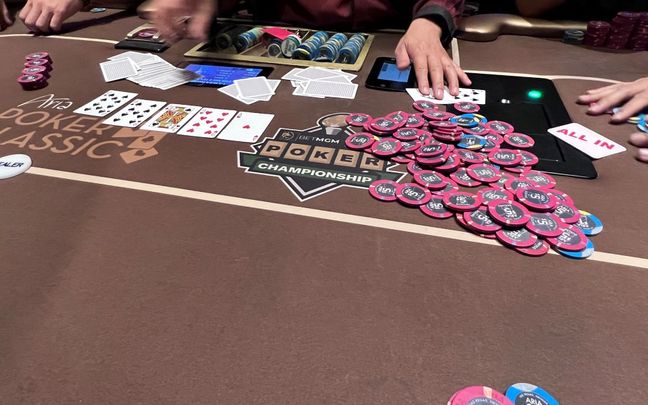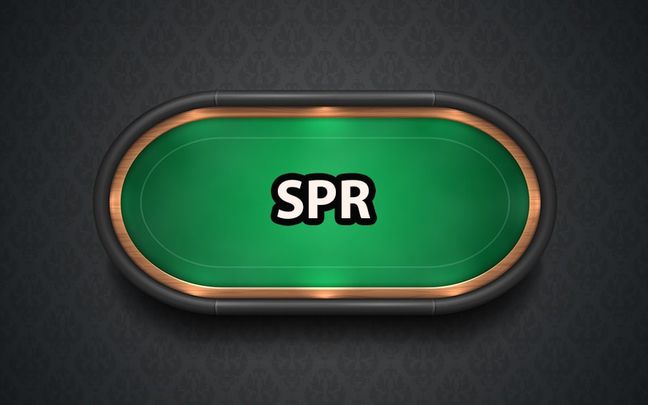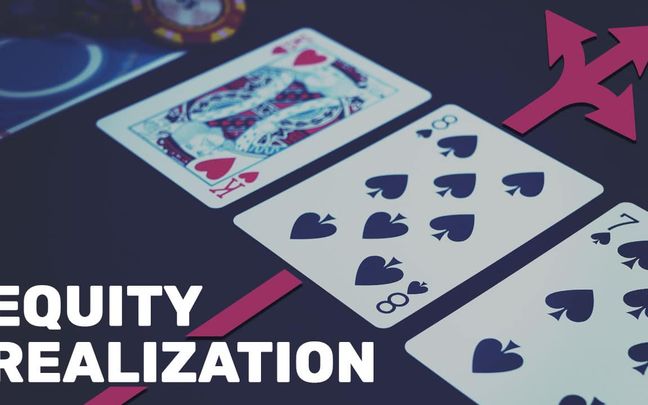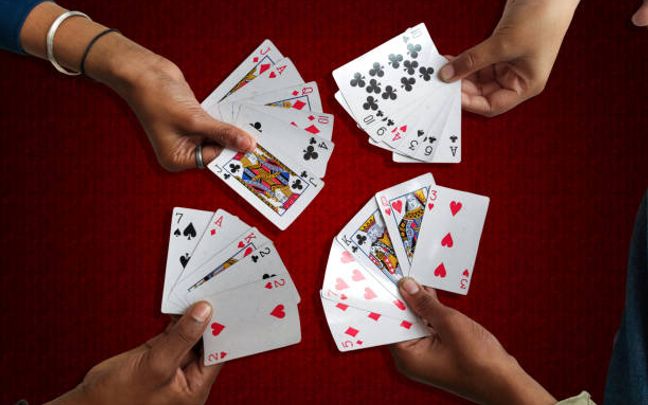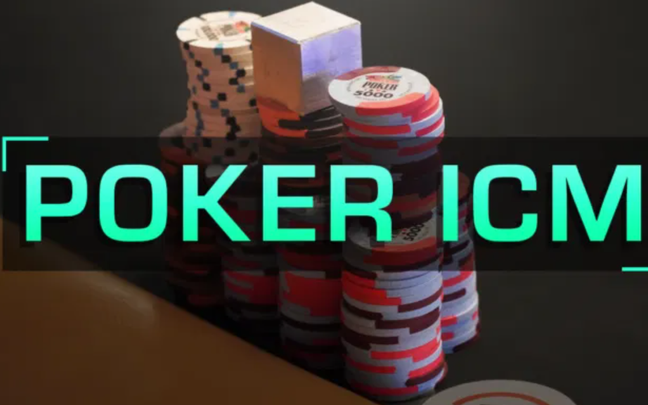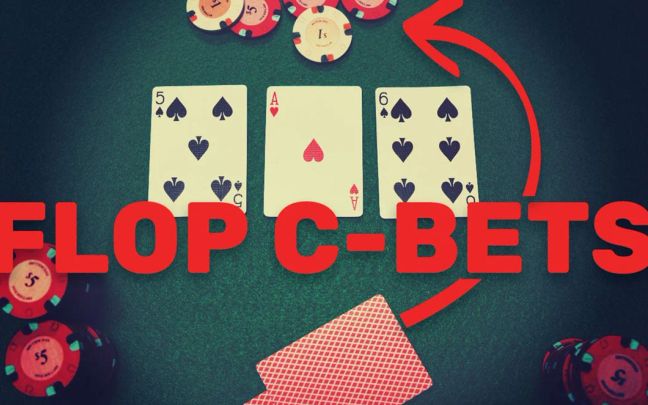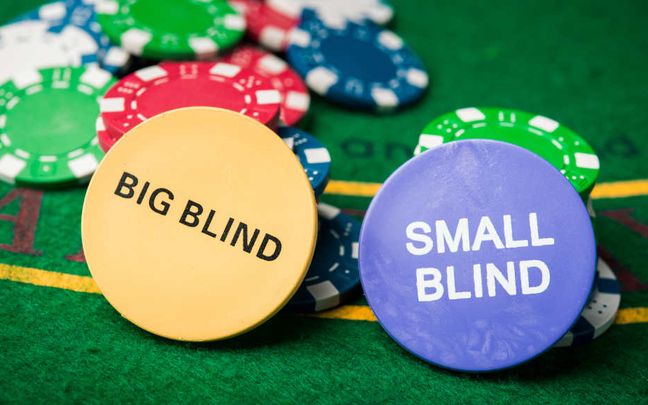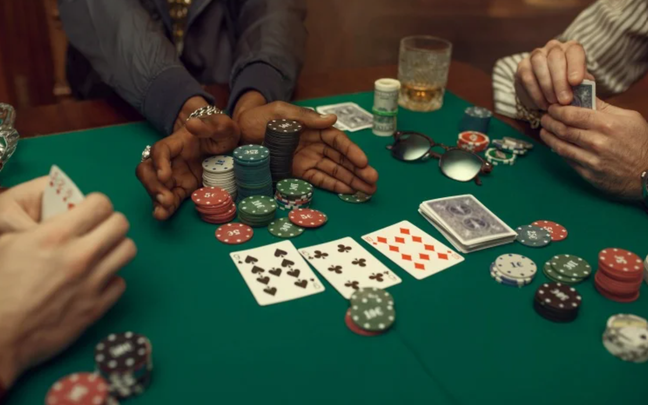Stack size plays an important role in shaping each person's playing strategy. From professional players to beginners, understanding and using stack size effectively is key to optimizing your chances of winning and minimizing risk. This article will delve into the concept of stack size in poker, explain its importance, and provide useful strategies for getting the most out of your chip count in any situation.
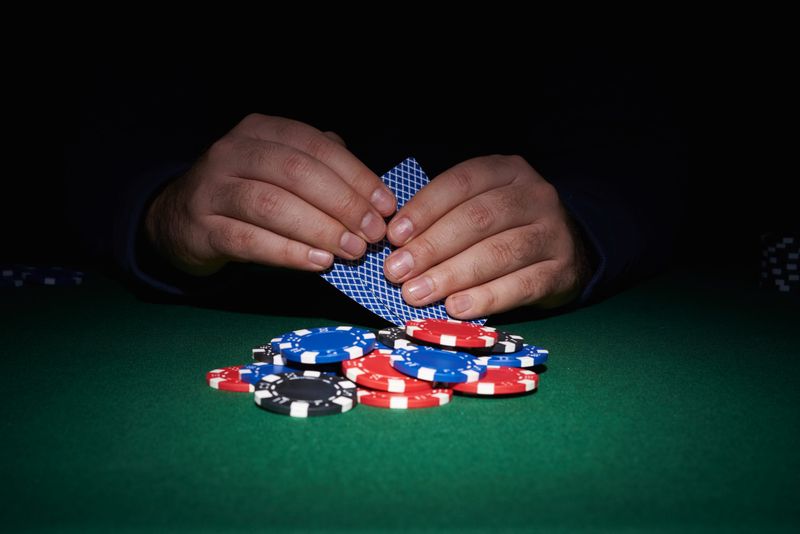
Tack size is the number of chips you have before entering each poker game.
What is Stack Size in Poker? The Importance of Stack Size
In poker, stack size refers to the number of chips or money that a player has in front of them at the table in a hand. Stack size plays an important role in determining the player's strategy and decisions in each specific situation. Here are some concepts related to stack size.
Short Stack
-
Definition: Players have a small stack compared to the average at the table.
-
Strategy: Often have to play tightly and selectively, looking for opportunities to go all-in to maximize the value of your cards.
Medium Stack
-
Definition: Players have an average stack, not too small but not too big either.
-
Strategy: More flexibility in card selection and can use a variety of tactics such as C-bet, semi-bluff, and pot control.
Deep Stack
-
Definition: Players have a large stack compared to the average at the table.
-
Strategy: Allows for more extensive play and experimentation with more complex tactics, such as multi-street bluffing and slow play.
Effective Stack
-
Definition: The smaller number of chips between two players facing off in a hand.
-
Strategy: Used to determine bet size and decide on action, especially in all-in situations.
The Importance of Stack Size Betting Strategy
-
Betting Strategy: Stack size directly affects how you bet and how your opponents react to your bets.
-
Risk Management: Stack size helps you manage risk and decide when to go all-in or when to play slow.
-
Psychological Pressure: A large stack size can put psychological pressure on the opponent, while a small stack can cause you to be exploited by the opponent.
Understanding stack size and how to adjust your strategy based on stack size will help you improve your poker performance and optimize profits.
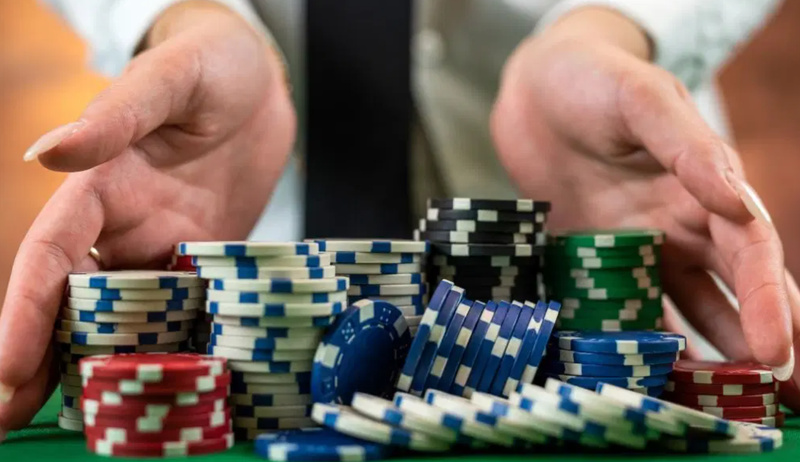
Stack size affects how you hit and choose impact.
Effective stack size - Examples of Effective stack size
Effective stack size – is the smaller number of chips between two players facing off in a hand. It plays an important role in determining the betting strategy and deciding the player's actions. Here's an example to illustrate.
Example
Situation:
-
Player A has 1500 chips.
-
Player B has 800 chips.
-
Both players are facing each other in a hand.
Explain:
-
In this situation, player A's stack size is 1500 chips.
-
Player B's stack size is 800 chips.
The effective stack size between these two players is 800 chips, as that's the smaller number of chips between the two players. This means that the number of chips that both can bet or risk in this hand is limited by player B's stack size.
Impact on Strategy:
-
All-in Decision: If Player B decides to go all-in, Player A can only bet up to 800 chips to go all-in.
-
Betting Strategy: The bets and raises in this hand should be based on the effective stack size. Player A cannot use a threatening strategy with a chip count greater than 800 chips.
-
Turn and River Situation: If player B has bet or watched multiple rounds, player A needs to calculate his actions based on player B's remaining chips.
In summary, Effective stack size helps determine the maximum bet limit and the right strategy between two players in a hand. Understanding effective stack size is critical in managing risk and optimizing strategic decisions in poker.

Players with larger stack sizes have an advantage in threatening and fighting opponents.
Factors to consider about Effective Stack Size
When evaluating and using effective stack size in poker, there are a number of factors to consider in order to optimize your playing strategy. Here are the important factors.
Effective Stack Calculation
Smaller number of chips: Always take the smaller number of chips between you and your opponent to determine the effective stack. This determines the maximum number of chips that you or your opponent can risk in a hand.
Tournament vs. Cash Game
Tournament: The effective stack changes constantly due to the increase in blinds and the number of chips left by the remaining players.
Cash Game: The effective stack changes less and is usually fixed, unless there is a re-buy.
Stage of the Hand
Pre-flop: Decide on the effective stack before any community cards are flipped.
Post-flop: Stacks are effective after the community cards have been flipped, which can affect the decision to continue betting or fold.
Betting Strategy
All-in and Call: With a small efficiency stack, all-in or call decisions are more frequent.
Bluff and Semi-bluff: The large effective stack provides an opportunity for more complex bluff and semi-bluff strategies.
Opponent Behavior
Aggressiveness: An aggressive opponent can force you to adjust your strategy based on the stack of effectiveness.
Predictability: Predictable competitors help you leverage an effective stack to make profitable decisions.
Position
Early Position: The effective stack needs to be scrutinized more closely because you have to act first.
Late Position: There is more information to decide how to use the stack effectively.
Pot Size
Small pot: Small bet decisions can be considered based on the effective stack.
Big Pot: The effective stack plays an important role in deciding whether to go ahead or go all-in.
Blinds and Antes
Increased Blinds and Antes: During tournaments, the change of blinds and antes greatly affects the effective stack and strategic decisions.
Bubble and Final Stage: During these stages, the effective stack becomes more important when decisions can have a major impact on the final position.
Strategic Goals
Chip accumulation: When the stack is effective, you can play actively to accumulate chips.
Stack protection: When the stack is small, focus on protecting the existing number of chips and avoiding unnecessary risk.
Understanding and adjusting your strategy based on these factors will help you get the most out of your stack and improve your chances of winning in poker.

Small stack sizes limit bluffs and big bets.
In short, stack size is not only a number that represents the number of chips you have, but also a powerful strategy tool in poker. Having a good understanding of stack size and knowing how to adjust your playing strategy based on the number of chips you have is an essential skill to become a successful player. From risk management to exploiting opportunities, stack size influences every decision at the table.
By adopting the right strategies and maintaining a flexible mindset, you can turn stack size to your advantage. Always remember, in poker, it's not just the cards you hold that matter, it's the way you play them with your stack size that determines whether you win or lose.
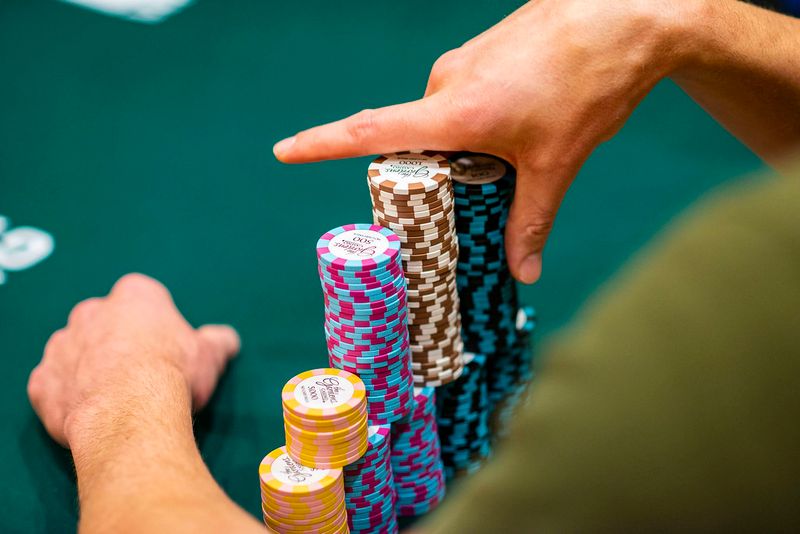
The optimal play strategy relies on stack size to maximize the advantage.

